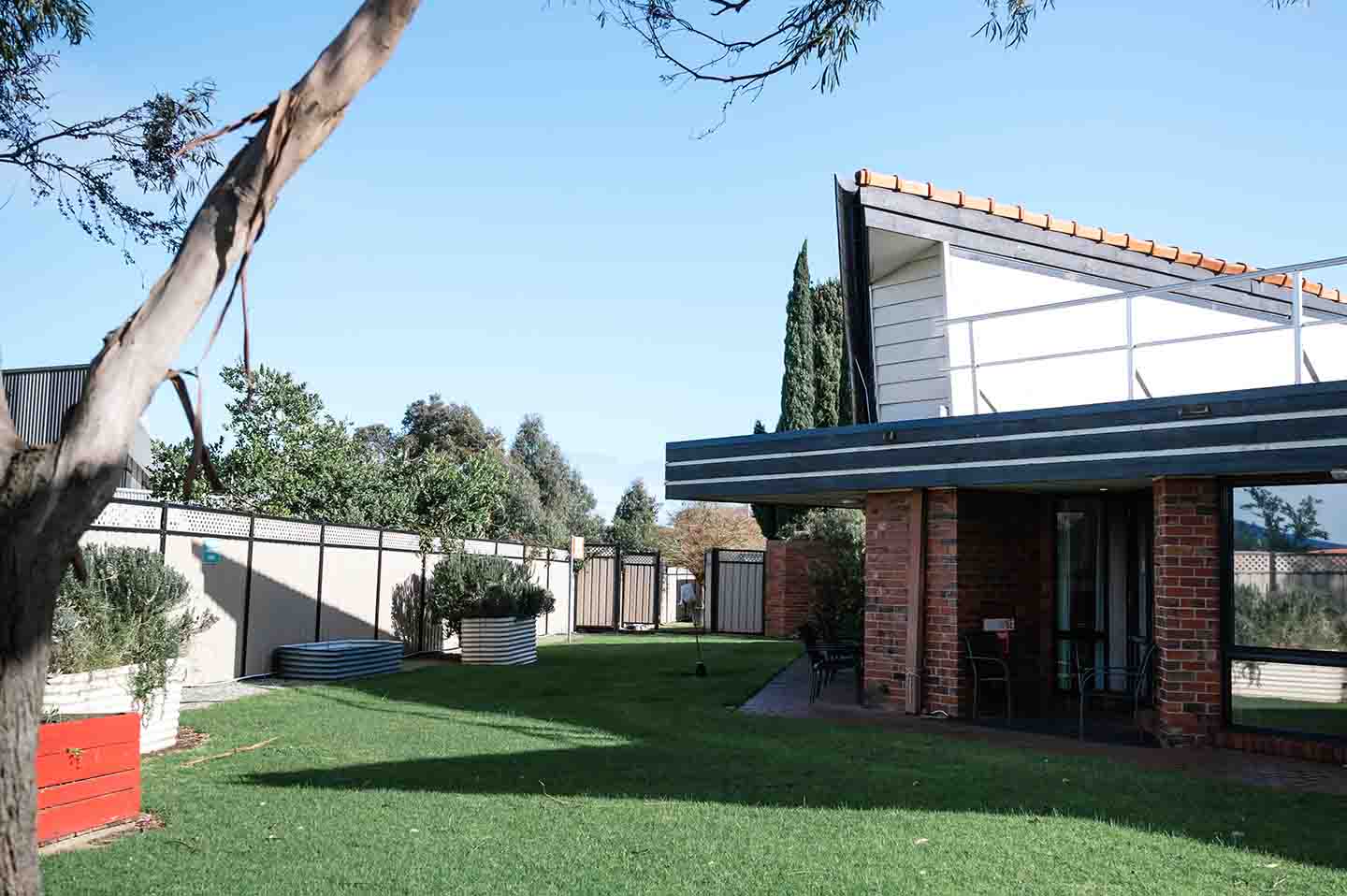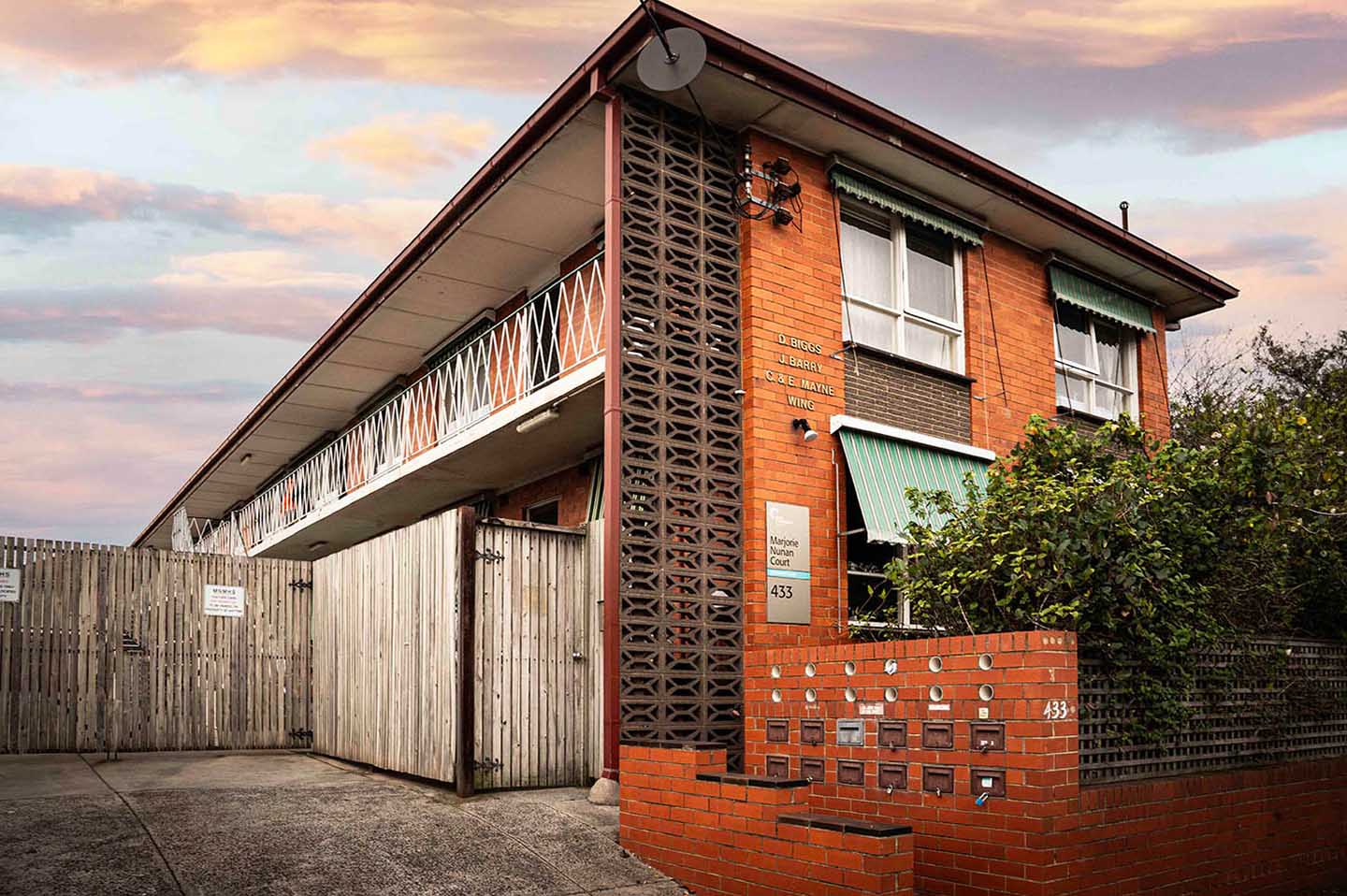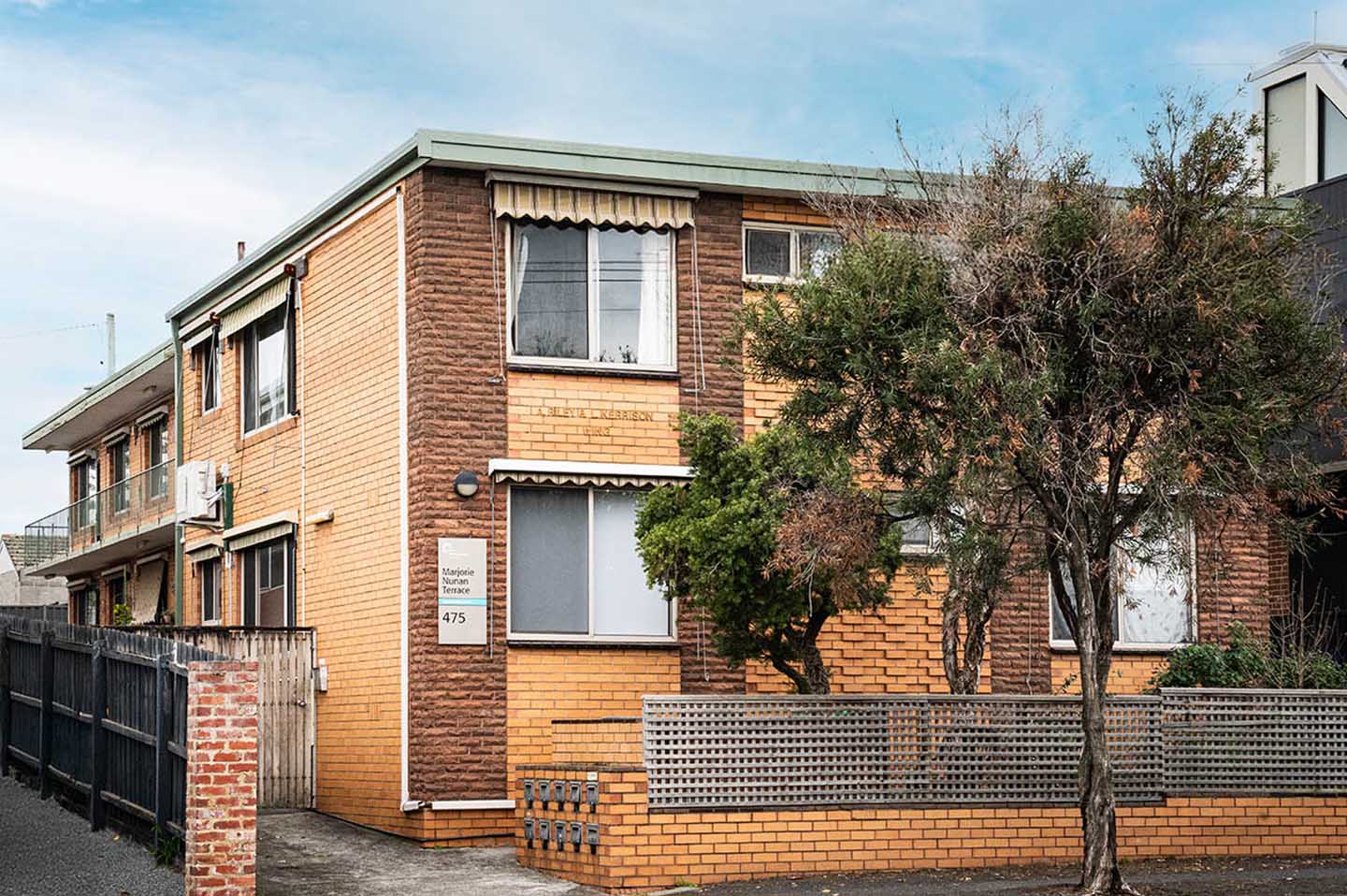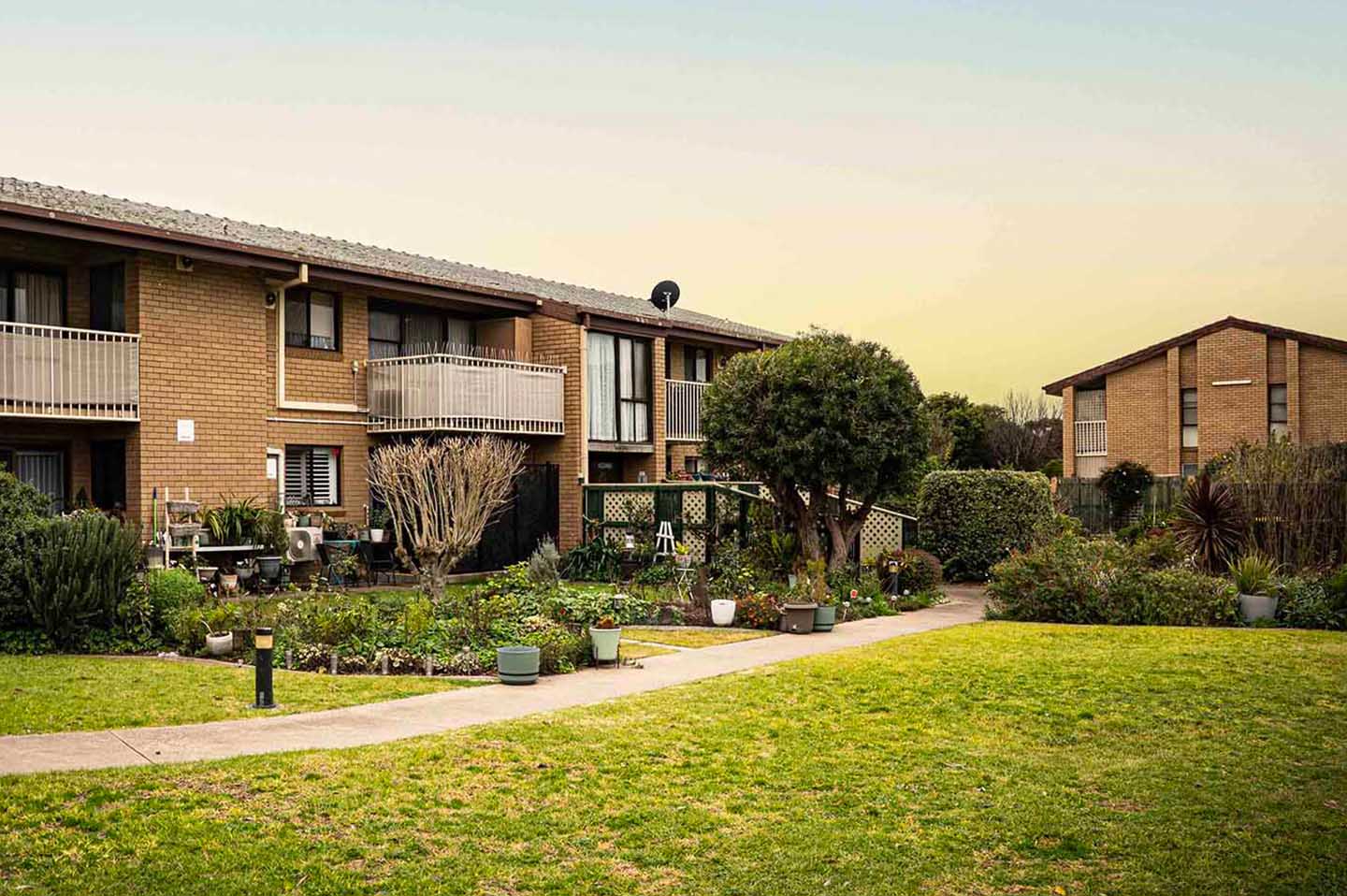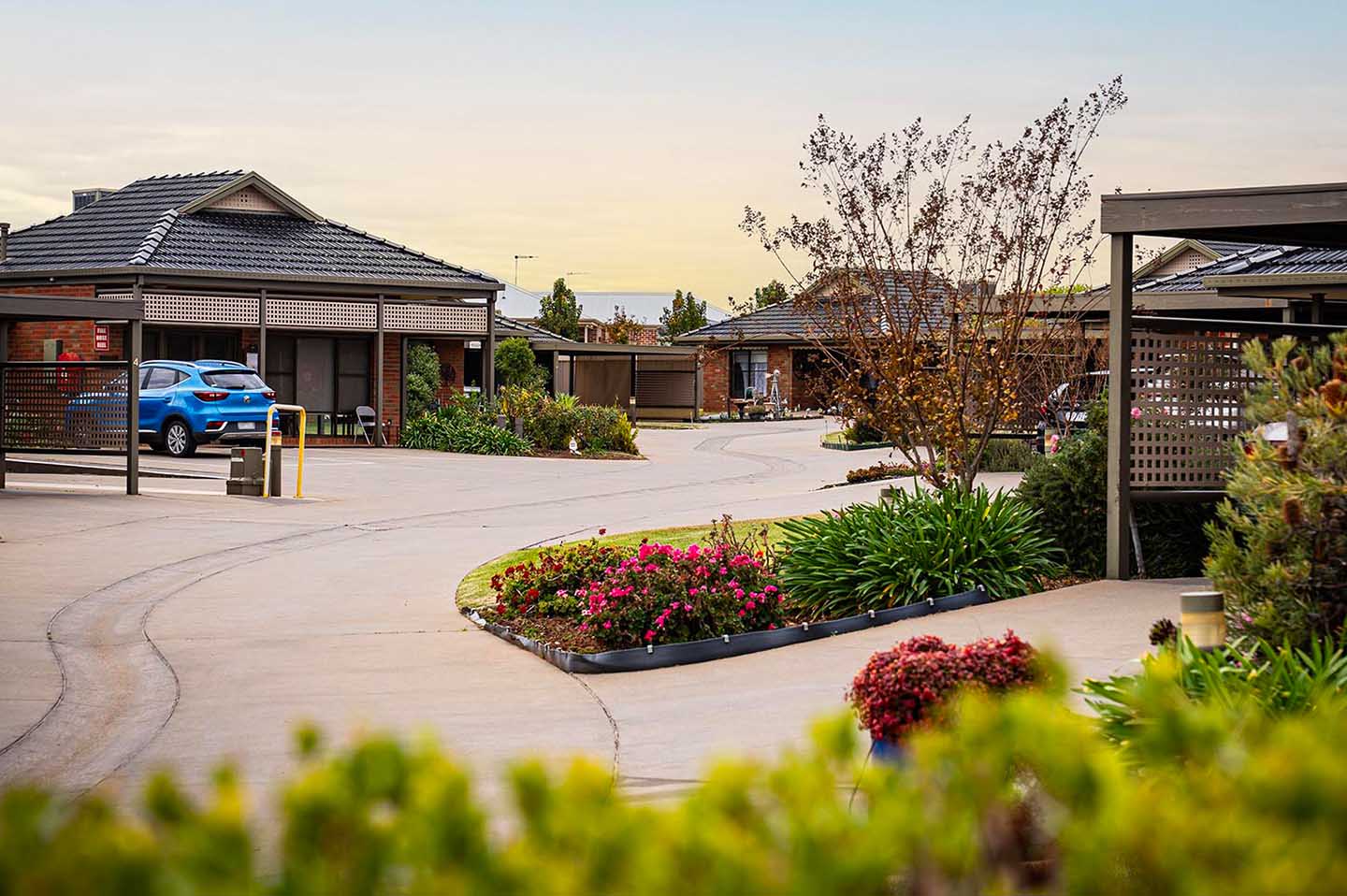ROYAL FREEMASONS WORKS WITH DIETICIANS WHO SPECIALISE IN FOOD AND MENU PLANNING FOR AGED PERSONS. IN THIS ARTICLE WE EXAMINE WHY A VEGETARIAN OPTION IS IMPORTANT TO MANY OF OUR RESIDENTS.
Increasing diversity in the cultural and religious backgrounds of our aged care residents means that we need to cater to many different diet preferences. One of these preferences
may be to follow a vegetarian diet. A vegetarian diet is based on mainly plant foods and usually excludes the consumption of animal products such as meat, poultry, seafood or animal by-products such as gelatine. Some vegetarians may exclude eggs and dairy too.
There are different types of vegetarianism which can be defined as follows:
• A ‘lacto vegetarian’ consumes dairy foods but no meat, poultry, fish or eggs
• A ‘lacto-ovo vegetarian’ includes dairy foods and eggs, but no meat, poultry or fish
• A ‘pescetarian’ includes fish and other seafood, but no meat or poultry (while eggs and/or dairy foods may or may not be eaten)
• A ‘vegan’ eats only foods of plant origin.
By establishing food preferences on admission and documenting on dietary assessment forms and care plans, Royal Freemasons ensures that those involved in catering and direct care are aware of which foods are suitable for the resident. This will help to avoid unnecessarily restricting food and therefore improves the nutritional quality of the diet as well as maximising food enjoyment. We work with our kitchen staff and chefs to ensure our vegetarian residents are provided with a healthy balanced diet by including a range of
foods from each of the major food groups. As the majority of aged care meals are based on a protein source of chicken, pork, red meat or fish, someone who excludes one or all
of these foods may be at risk of not receiving adequate protein in their diet. Protein provides the body with amino acids which are required for maintaining muscle mass as well
as many other body processes. It is therefore essential to have alternative protein options for residents who follow a vegetarian or vegan diet. It is important that aged care menus detail vegetarian options for residents who require them.
Recipe
Mushroom Lentil Bourguignon
Prep time: 15 minutes
Cook time: 30 minutes
Total time: 45 minutes
Yield: 4-6 servings
Ingredients
• 1 tablespoon extra virgin olive oil
• 1 small yellow onion, finely chopped
• 2 tablespoons butter
• 3 garlic cloves, crushed
• 1 teaspoon dried thyme
• 2 large Portobello mushrooms, sliced
• 2 1/2 cups button, brown or cremini
mushrooms, sliced
• 1/2 cup cooked brown lentils
• 1 cup red wine
• 1 tablespoon flour
• 2 1/2 cups vegetable stock
• 1 tablespoon tomato paste
• 1 cup pearl onions, peeled
• 1 pinch salt and pepper to taste
Cooking Directions
1. In a large, heavy skillet, heat the olive oil. Add the onions and sauté them until they soften, about 3 minutes. Add the butter, garlic, thyme and mushrooms and cook the mixture until the mushrooms soften and begin to brown.
2. Add the lentils and cook for about 2 minutes, then add the wine. Continue to cook for 7-10 minutes, or until the wine has almost cooked off.
3. Sprinkle the flour over the mixture and stir to evenly blend it in. Add in the vegetable stock and tomato paste.
4. Bring the mixture to a simmer and cook, stirring often, for about 10 minutes or until the sauce is thick and dark and the mushrooms are tender. You can adjust the thickness of the sauce by adding in stock to thin it.
5. While the mixture is simmering, drizzle a small skillet with olive oil and place it over medium-high heat. Add in the pearl onions and sauté them until they are soft and begin to brown. Add them into the mushroom mixture, give everything a stir, and taste to adjust salt and pepper seasoning.
6. Serve the bourguignon hot with creamy mashed potatoes, or over roasted vegetables.





